Hi Readers: In my aviation experience I've found that certain definitions (FAA regulations, for instance) - acronyms and phrases - indicate a definite meaning, but relate to several separate operations. Here is a beginning list, covering a few basics, and items relating pretty much to complete flight. There are other definitions that will be covered, periodically, in future blogs. In fact, most of them are covered in the Pilot/Controller Glossary of the Aeronautical Information Manual (AIM).
Basics:
Ceiling - Height of the lowest layer of clouds or obscuration phenomena that is reported as
broken, overcast, or as obscuration.
Visibility - In units of distance to see and identify prominent unlighted object by day and
lighted objects at night, in statute miles.
Track - The actual flight path of the aircraft over the surface of the earth.
Tailwind - Any wind greater than 90 degrees to the longitudinal axis (magnetic) of the
runway.
Crosswind Component - The wind component measured in knots at 90 degrees to the
longitudinal axis of the runway.
True Airspeed - Calibrated airspeed corrected for altitude and temperature. True airspeed
increases with altitude.
Cardinal Altitudes - Odd or even thousand-foot altitudes or flight levels.
Weather:
Significant Weather - SIGMETS - severe and extreme turbulence, severe icing, widespread
dust or sandstorm that will reduce visibility to less than 3 miles.
Marginal Weather - Less than VFR conditions.
Hazardous Weather - Summary of SIGMETS and PIREPS such as thunderstorms, low
ceilings and visibilities not included in Hazardous Advisories.
Climb and VFR Flight:
Cleared As Filed - Aircraft is cleared to proceed IAW the route of flight filed in a flight
plan - does not include the altitude, DP, or DP transition.
Climbout - That portion of flight between takeoff and the initial cruising altitude.
Climb To VFR - ATC authorization for an aircraft to climb to VFR conditions, within certain
class surface areas when the only weather limitation is restricted visibility
- must remain clear of clouds.
VFR Not Recommended - An advisory by a FSS to a pilot during preflight or an inflight
weather briefing - when current and forecast conditions are at
or below VFR minimums.
Visual Meteorological Conditions - Weather conditions in terms of visibility, distance from
clouds, and ceiling equal to or better than minimums.
Special VFR Conditions - Conditions that are less than for basic VFR - permitted flight
under VFR class surface areas.
Approach and Landing:
Visual Approach - On an IFR flight plan, which authorizes the pilot to proceed visually -
ceiling 1,000' and visibility 3 miles.
Contact Approach - By visual reference, on an IFR flight plan, only by request from the
pilot, and when the ground visibility is at least 1 mile.
Straight-In Approach - Can be either VFR or IFR - visually and clear of clouds.
Runway Threshold - Relates to runway markings for visual, precision, and nonprecision
approaches, including a displaced threshold.
Touchdown Zone - The first 3,000' of runway beginning at the threshold.
Terminal Area - A general term used to describe airspace in which Approach Control
provides service to airport traffic.
Thanks for listening. R.S.
Friday, January 25, 2008
Troublesome Definitions
Labels:
AIM,
cardinal altitudes,
ceiling,
climbout,
Definitions,
hazardous weather,
IFR,
Runway,
Threshold,
touchdown,
track,
VFR flying,
visibility
Subscribe to:
Post Comments (Atom)

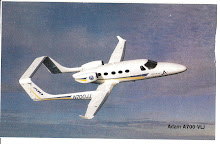




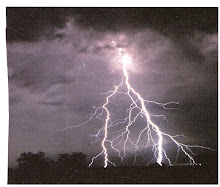

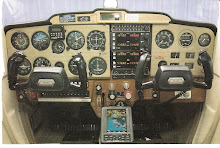
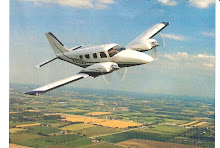
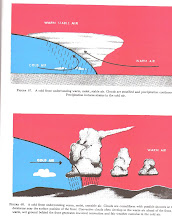
No comments:
Post a Comment